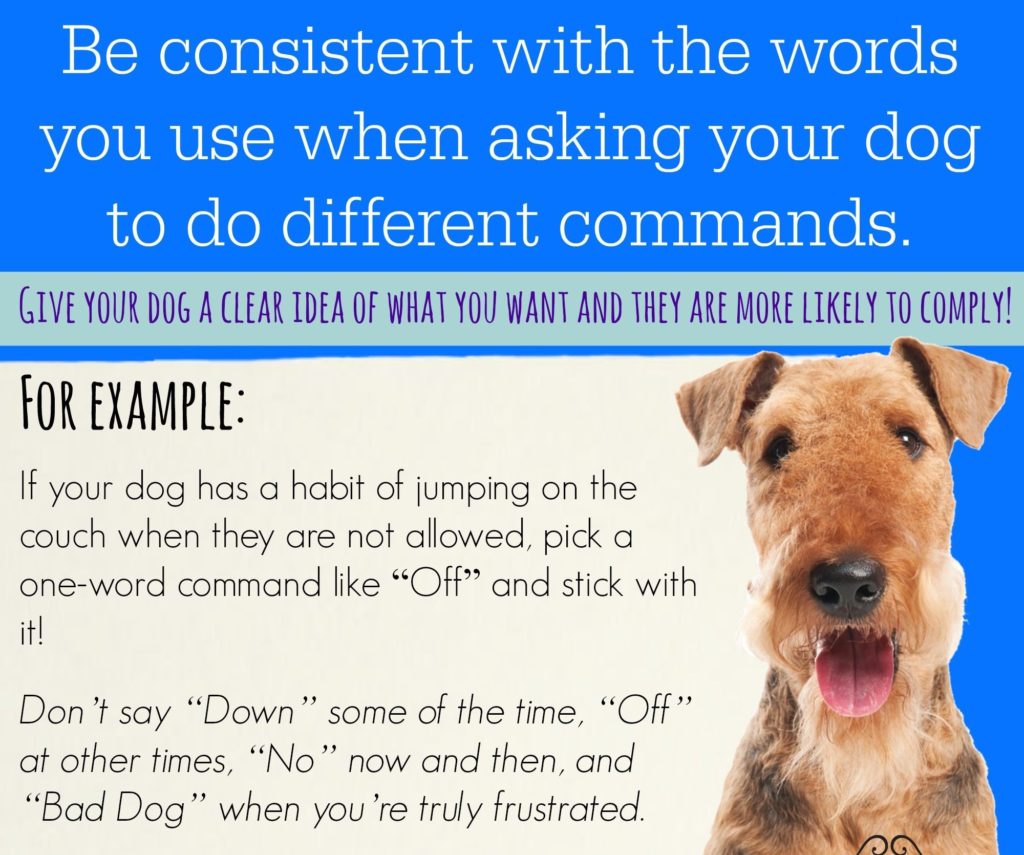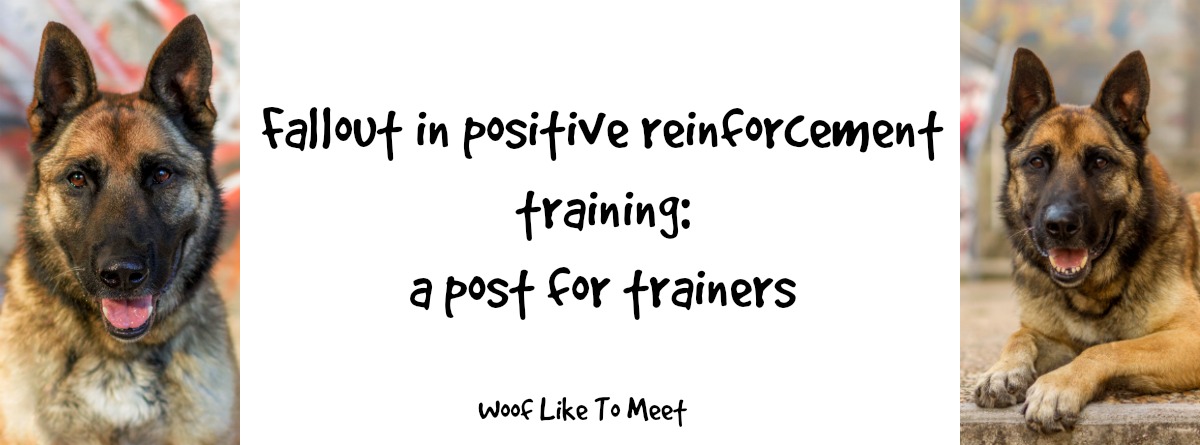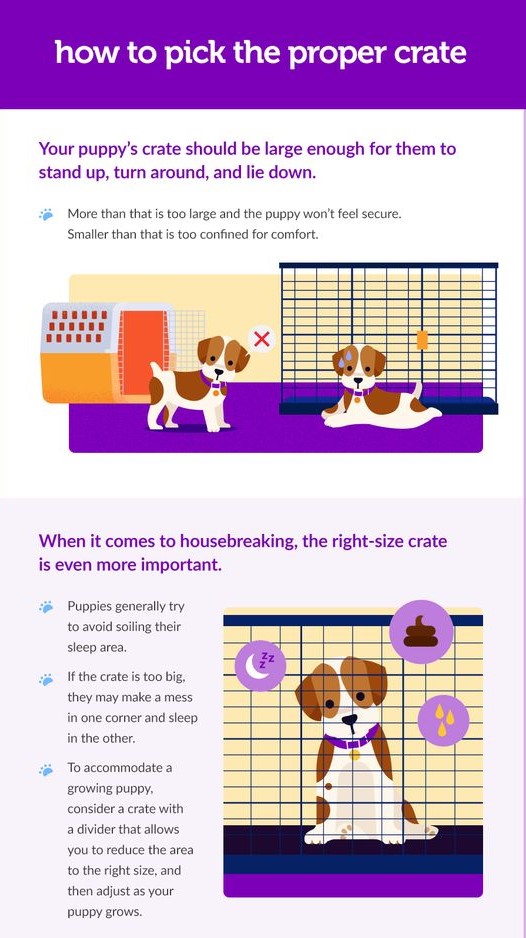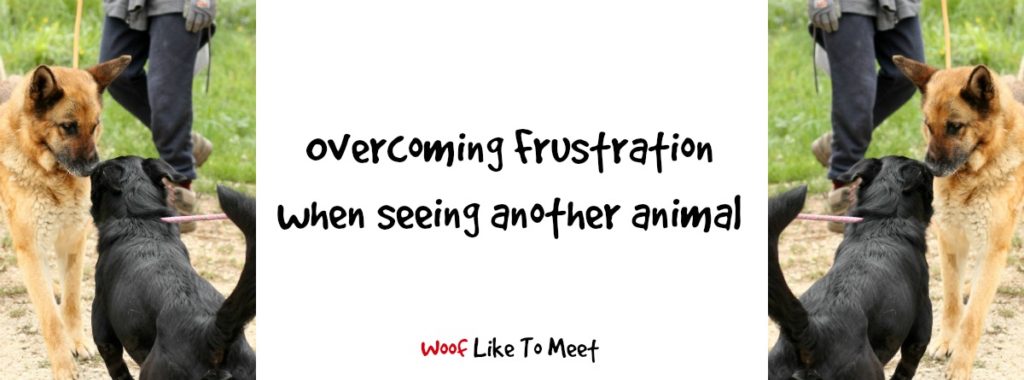No More Frustration! Easy Dog Training Made Simple

Introduction
What is Easy Dog Training and its Benefits
Easy Dog Training is a method that focuses on positive reinforcement and consistent practice to teach your furry companion new behaviours effectively. By using rewards such as treats, praise, or playtime, you can motivate your dog to repeat desired actions. This approach not only helps in training basic commands but also strengthens the bond between you and your pet. The benefits of easy dog training go beyond obedience; it creates a harmonious relationship based on trust and understanding.
Common Frustrations in Dog Training
| Common Frustrations in Dog Training | Optimistic Approach |
|---|---|
| Slow Progress | Just remember, every small step forward is a success worth celebrating. With patience and consistency, you will see gradual improvement. |
| Behavior Regression | Don't be disheartened by setbacks. Stay positive and continue reinforcing good behaviour with rewards and encouragement. |
| Distractions | Turn distractions into opportunities for training. Use them as scenarios to practice commands in different environments to strengthen your dog's focus. |

Positive Reinforcement Training Method
Understanding Positive Reinforcement Training
Easy Dog Training uses positive reinforcement techniques to teach your dog new behaviours effectively. By rewarding desired actions with treats, praise, or playtime, you can encourage your furry friend to continue exhibiting those behaviours. This method emphasizes acknowledging and rewarding good behaviour rather than punishing unwanted behaviour.
By creating a positive association with proper actions, dogs are more likely to repeat them willingly.
Benefits of Using Positive Reinforcement
When you implement positive reinforcement in dog training, you are not only teaching your pet new commands but also building a strong bond based on trust and mutual respect.
Dogs respond well to positive interactions and rewards, which enhances their learning experience and makes training sessions enjoyable for both of you. This approach fosters a harmonious relationship where your dog feels motivated to learn and please you, leading to improved obedience and overall behaviour.

Basic Commands Training
Teaching Sit and Stay Commands
You are embarking on a wonderful journey of teaching your furry companion essential commands like sit and stay. Remember, patience and consistency are key in this process. Start by using treats to lure your dog into a sitting position and reward them when they follow the command.
Gradually introduce the stay command by asking your dog to remain in the sitting position for longer durations before rewarding them. Celebrate each successful attempt and keep practising with positivity and encouragement.
Training your Dog to Come When Called
When teaching your dog to come when called, you are building a crucial skill that ensures their safety and your peace of mind. Begin by calling your dog's name, followed by the command "come" in an upbeat tone. When your dog responds and approaches you, reward them with treats and praise. Practice this command in a safe, enclosed area to prevent distractions.
Remember to make coming to you a positive experience for your dog to reinforce their response and strengthen their recall skills.

Leash Training
How to Walk Your Dog Without Pulling
You are now ready to tackle leash training with enthusiasm and optimism! Walking your dog without pulling requires patience and training. Start by standing still if your dog pulls and only moving forward when the leash is loose.
Encourage your dog to walk beside you with treats and praise. Remember to keep the leash loose and your energy positive to communicate the desired behaviour. Consistency is key in reinforcing good walking habits.
Techniques for Leash Training Success
As you continue leash training, explore different techniques to find what works best for your furry friend. Consider using a harness or head halter for better control and comfort. Practice changing directions frequently to keep your dog engaged and focused during walks.
Reward your dog for walking calmly beside you and redirect any pulling behaviour with gentle cues. Stay patient and persistent, and celebrate small improvements along the way.

Crate Training
Introduction to Crate Training
You are now embarking on the journey of crate training with excitement and determination! Crate training is a valuable tool for teaching your dog boundaries and providing them with a safe space of their own.
Introduce the crate gradually, making it a positive and inviting environment with comfy bedding and enticing treats. Use the crate for short periods initially, gradually increasing the duration as your dog becomes more comfortable.
Tips for Successful Crate Training
As you delve into crate training, remember to make the experience positive for your dog. Associate the crate with pleasant things like meals, toys, and calm downtime. Avoid using the crate as punishment to maintain its positive association.
Ensure the crate is appropriately sized, allowing your dog to stand, turn around, and lie down comfortably. Consistency is crucial, so establish a routine for crate usage and be patient as your dog learns to love their special space.

Potty Training
Establishing a Potty Training Routine
You are embracing the challenge of potty training with enthusiasm and dedication! Setting up a consistent routine is key to successful potty training. Take your dog outside frequently, especially after meals and naps, and praise them lavishly when they go potty in the designated area.
Keep an eye out for signals like sniffing or circling that indicate your dog needs to go and be ready to lead them to the correct spot promptly.
Dealing with Accidents Gracefully
Accidents are a normal part of the potty training process, so you should handle them calmly and compassionately. If you catch your dog in the act, interrupt them with a firm but gentle "no," and take them outside immediately. Avoid scolding or punishing your dog for accidents, as this can create fear or confusion.
Clean up accidents thoroughly with an enzymatic cleaner to eliminate odours and prevent repeat incidents. Stay patient and consistent in your training efforts, celebrating successes and learning from setbacks.

Socialization Training
Importance of Socializing Your Dog
You are embarking on the wonderful journey of socializing your dog, a crucial aspect of their development. Socialization helps your dog become well-adjusted, confident, and friendly around people, other animals, and new environments. It reduces the likelihood of behaviour issues such as fear, aggression, and anxiety.
By exposing your dog to various sights, sounds, smells, and experiences from a young age, you are laying the foundation for a well-rounded and happy companion.
How to Socialize Your Dog Effectively
Engaging in positive interactions with people and other animals is essential for effective socialization. Encourage gentle and calm interactions, providing treats and praise for good behaviour. Expose your dog to a variety of environments, such as parks, sidewalks, busy streets, and pet-friendly stores.
Gradually increase the level of exposure while monitoring your dog's reactions. If you notice signs of fear or discomfort, allow your dog to retreat to a safe space and try again later at a slower pace. Practice basic obedience commands in different settings to boost your dog's confidence and responsiveness.

Handling Behavioral Issues
Addressing Barking and Jumping Behaviors
You can effectively address barking and jumping behaviours in your dog through consistent training and positive reinforcement. When your dog is exhibiting these behaviours, remain calm and redirect their attention to an appropriate activity. Reward quiet and calm behaviour with treats and praise to reinforce the desired response.
By teaching alternative behaviours, such as sitting or offering a toy instead of jumping, you can help your dog learn self-control and proper social interactions. Consistency and patience are key in modifying these behaviours so you can enjoy a harmonious relationship with your furry friend.
Dealing with Separation Anxiety
If your dog displays signs of separation anxiety, you can help them overcome this by gradually desensitizing them to your departures. Start by practising short absences and gradually increase the duration over time. Provide distractions such as toys or treats to keep your dog occupied while you are away. Create a calm and predictable routine around departures and arrivals to help alleviate anxiety.
Avoid making a big fuss when leaving or returning, as this can reinforce anxious behaviours. With patience and consistency, you can help your dog feel more secure and relaxed when left alone.

